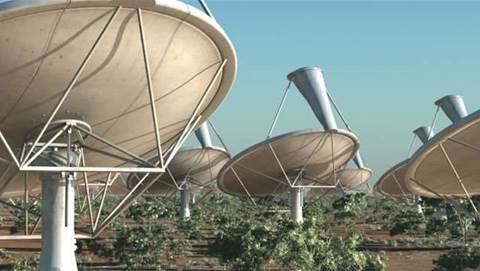
Reported in a paper in the Superconductor Science and Technology journal, scientists have found a way to identify the specific signatures of TNT and other explosives by firing pulses of radio waves and interpreting the signals that bounce back.
Osaka University Professor Hideo Itozaki, one of the authors of the paper, said: "Until now it has been very difficult to detect specific explosives such as TNT because they contain atoms of nitrogen that vibrate at very low frequencies.
"The natural frequency at which the nucleus of an atom vibrates is called its resonant frequency and the lower this is, the harder it is to detect what atoms are present in a molecule which in turn makes it harder to define what the molecule or substance is."
While x-rays commonly used today can detect certain materials, they cannot differentiate between different substances, some of which are harmless and some potentially harmful.
By using a technique called nitrogen nuclear quadruple resonance the machine can detect nitrogen atoms by their molecular bonds to other atoms, such as carbon or oxygen.
This allows the researchers to 'fingerprint' different substances and identify those that cause a danger.
Professor Itozaki continued: "We have successfully developed a machine that can pick up very low resonant frequencies by using a superconducting quantum interference device.
"The device operates at a temperature of 77 Kelvin (minus 196 degrees centigrade) which we achieve by using liquid nitrogen.
"This will not hinder the equipment from being used in places such as airports, as liquid nitrogen is becoming much easier to deal with and is already routinely used in hospitals and laboratories."


_(22).jpg&h=140&w=231&c=1&s=0)
.png&h=140&w=231&c=1&s=0)
_(20).jpg&h=140&w=231&c=1&s=0)



_(26).jpg&w=100&c=1&s=0)

 iTnews Executive Retreat - Security Leaders Edition
iTnews Executive Retreat - Security Leaders Edition











_(1).jpg&h=140&w=231&c=1&s=0)



